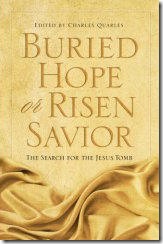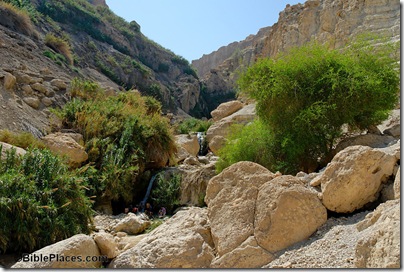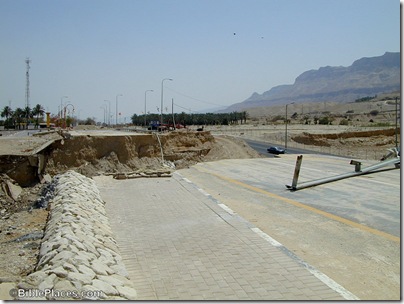If you’re keeping up on the damage caused to the Temple Mount by multiple “excavations” of dubious legality, you’ll be interested in the report, “The Latest Damage to Antiquities on the Temple Mount,” published by the Jerusalem Center for Public Affairs. The report surveys the situation since the 1990s, most of which is well-known to those who have followed the news, but this report handily summarizes the main points. The major focus of the article is who is in control and thus who is responsible. It concludes:
The Waqf, the Islamic Movement, and various Islamic groups have exploited the situation and have seriously damaged Temple Mount antiquities. The Israel Police plays the dominant Israeli role and its activities are coordinated with the prime minister’s office and the office of the attorney general, while the Israel Antiquities Authority and the Jerusalem municipality have only limited influence over what is done at the Temple Mount.



